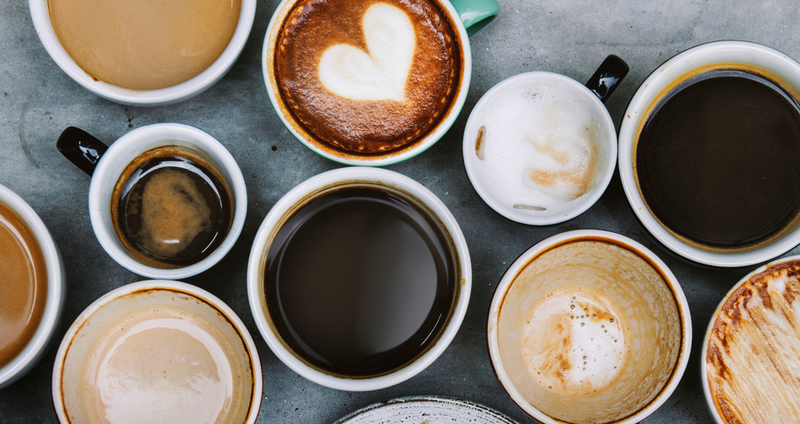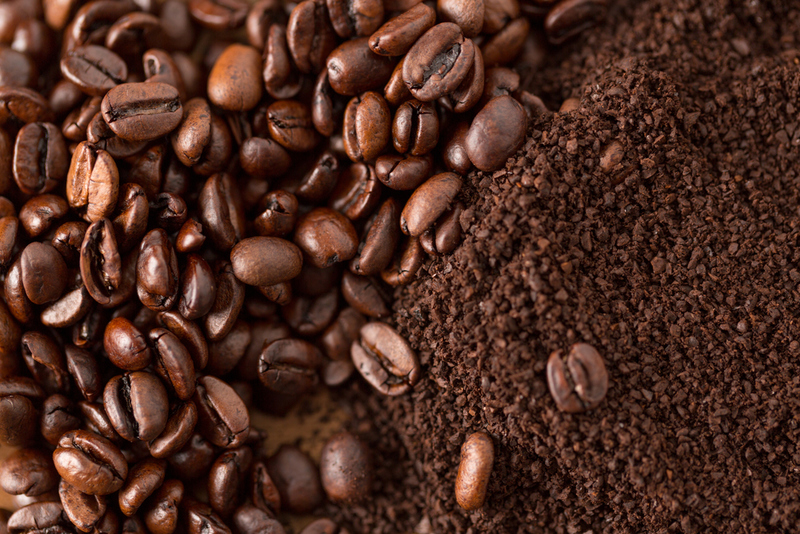
Packing Up
To avoid the dangerous three, you’ll ideally store coffee in an airtight, dark container. Once the coffee is in the box, you can place it anywhere — just not the freezer, which may come as somewhat of a surprise to you. In the freezer, condensation produces moisture that makes coffee stale, so unless it’s vacuum-packed, it can pick up other aromas from other foods in the freezer.
Whole Bean VS. Ground Coffee
If you’re looking for maximum freshness from your cup of coffee, your best bet is grinding the coffee right before its brewed. Ground coffee tends to lose its flavor rapidly and may be stale by the time you make it. Whole beans hold onto flavor longer so that you can enjoy fresh coffee for longer. If that wasn’t enough to persuade you, there is another reason to go for whole beans. When you purchase whole beans, they are more likely to be a high-quality product because the entire bean is visible.

Shelf Life
A coffee’s shelf life is a complicated question because it depends on whether you’re seeking to drink coffee at its peak flavor or when it’s still “safe” to drink. The first month after roasting whole beans is optimal, but the real outer limit for an entire coffee bean is a year; anything over that will most likely have lost its distinctive tastes. Shelf life is a little longer; there are expiration dates that are two years ahead. Ground coffee, on the other hand, loses its characteristics much faster. Once ground, flavor loss accelerates, and it may lose its freshness in a matter of hours.
The Bottom Line
Your coffee’s freshness starts with your order. Your best bet is ordering whole beans and grinding them just before each brew. Once you have your beans – whether they’re crushed or whole – put them in an airtight container in a dry place!
